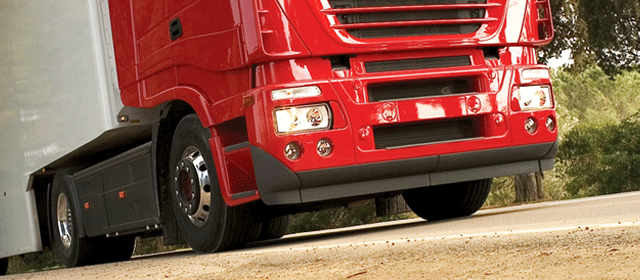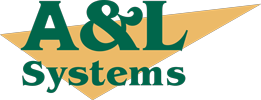
Safety and efficiency are vital considerations. You may not consider them to be the glamorous side of your operation but if you’re not safe or efficient then the rest of your business is built on pretty flimsy foundations.When it comes to your fleet these two aspects are even more important. Vehicles that are not safe put your staff and cargo at risk while inefficiency is money down the drain that any business can ill afford. So, how do you ensure your fleet is safer and more efficient? Here’s seven steps to set you on your way…Tyre pressure: The state of your tyres feeds into both the safety and efficiency of your fleet. If the pressure is too low fuel use increases by about 3% while a low tread depth increases stopping distances, reduces grip and increases the risk of aquaplaning. Double the number of checks you perform to eliminate the risk from this. Regular servicing of all of your fleet is important but keep a really close eye on those tyres.Cut the blind spot: Blind spots are dangerous. By their very nature these are areas where you simply cannot see what may be around your vehicle – a problem magnified when it comes to larger vehicles – and poses a problem with sideswiping on motorways and collisions with unsighted cyclists and pedestrians. Brigade’s Backeye®360 vehicle camera system can eliminate this, using cameras to provide a comprehensive ‘all-round’ image for the driver.
Sensors: A safer fleet will not only be equipped with cameras but sensors too. These will sound an alarm when trying to manoeuvre your way into a tight spot and the latest advances in technology ensure that these are more accurate and no longer a noise nuisance.
Analysis: Data is vital to ensure any business runs smoothly and that is true of the safe and efficient running of your fleet too. Compile as much information as possible on the efficiency of your fleet and use that to pinpoint improvements, spot poorly performing vehicles and spread good practice. Strategic management of your fleet will ensure it’s as safe and efficient as possible.
Routes: Your fleet needs to take the best route from A to B but the best route doesn’t always mean the fastest on paper. Plan to avoid traffic hotspots and build enough time into your schedule so speed isn’t an issue. It’s tempting for a driver to up their pace to meet a tight deadline but the quicker they go the more danger they’re in and the more fuel they’ll use. Ensure you pick up useful route tips from your drivers and build this knowledge into your analysis.
Research: Be on the front foot at all times to look out for the next technological advancements. Is it possible to transfer at least some of your fleet to a more efficient fuel, for example? Don’t wait until cost or danger forces you to invest in your fleet – prevention is far better than cure.
Training: Many businesses have regular training courses and refreshers for staff to improve their grasp of the software and materials they use but that’s not always the case with drivers. Don’t neglect this part of your workforce or the safety and efficiency of your fleet will suffer. Don’t just target people who have had an accident either – although address any errors swiftly and professionally – and keep all drivers in the loop about the data and technology at your disposal.
Source: Brigade
